How to Reduce the Threat of Terrorism
- Posted by Chadkirk
- On 10th May 2019
In recent years, the threat of vehicles being used in a terrorist attack have dramatically increased. In 2017 alone, 14 people were killed in London in three separate Vehicle as a Weapon (VAAW) attacks where commercial vehicles were used as ramming devices. Across Europe, the figures are much greater with hundreds of people killed and injured in VAAW attacks since 2016.
With vehicles being easy to obtain and pedestrians in crowded streets making extremely vulnerable targets, this particular method of attack is becoming all too familiar. While governments are looking at ways to combat the emerging threat of road vehicles being used as weapons in public environments, it is essential for fleet operators to take security seriously and not treat it as an afterthought.
From keeping counter terrorism policies and procedures up to date to thoroughly training drivers, transport companies play an important role in reducing the risk of such incidents from occurring.
A number of organisations have launched training programmes to assist couriers and hauliers, including the Fleet Operator Recognition Scheme (FORS). As well as providing example policies and toolbox talks, they’ve developed an online counter terrorism training module for drivers to complete every 12 months. The e-learning module aims to increase a driver’s attention to personal and vehicle security, and to the potential threat to terrorism, specifically theft of vehicles or loads and the use of vehicles as weapons.
At Chadkirk Transport, we take this matter very seriously and do everything we can to reduce the risk of our vehicles being used for VAAW attacks.
What do we advise our drivers?
- Conduct a thorough daily walk-around check on the vehicle and assess any potential tampering
- Plan routes to avoid any difficult manoeuvres and situations
- Never give lifts to anyone, or have any unauthorised people in the cab
- Never leave the vehicle unlocked or unattended with the engine running or keys in the ignition, even if it is only left for a short period
- Stay in safe and secure parking areas when parking overnight and taking rest breaks
- Look out for suspicious behaviour and report any concerns to the police
- Be aware of ‘ACT’ – Action Counters Terrorism and ‘Run, hide, tell’ Government campaigns.
What do we do as a fleet operator?
- Check driving licences to ensure our driver’s have the right licence and qualifications for the vehicle they’re driving
- Utilise the DVLA’s driver record facility at the time of employment and at least every 12 months for endorsements
- Conduct criminal background checks on all new employees
- Verify previous work history and follow-up on references provided during recruitment
- Ensure drivers complete the FORS e-learning module and toolbox talk on Security and Counter Terrorism
- Provide a security awareness programme for all employees so they are able to recognise terrorism and other criminal activity and understand how to report any concerns to the police
- Incorporate the most up-to-date safety measures as much as possible when purchasing new vehicles, including immobiliser devices and collision avoidance systems
- Review the Counter Terrorism policies and procedures at least once a year, or sooner if a situation arises that requires us to.
For more information on how to recognise suspicious behaviour, visit the Government’s website here: https://act.campaign.gov.uk/
In an emergency, or if you need urgent police assistance, you should always dial 999. You can also report suspicious activity by contacting the police in confidence on 0800 789 321.

0 comments on How to Reduce the Threat of Terrorism